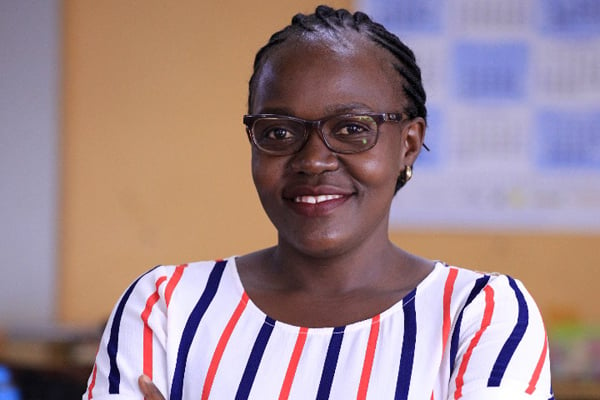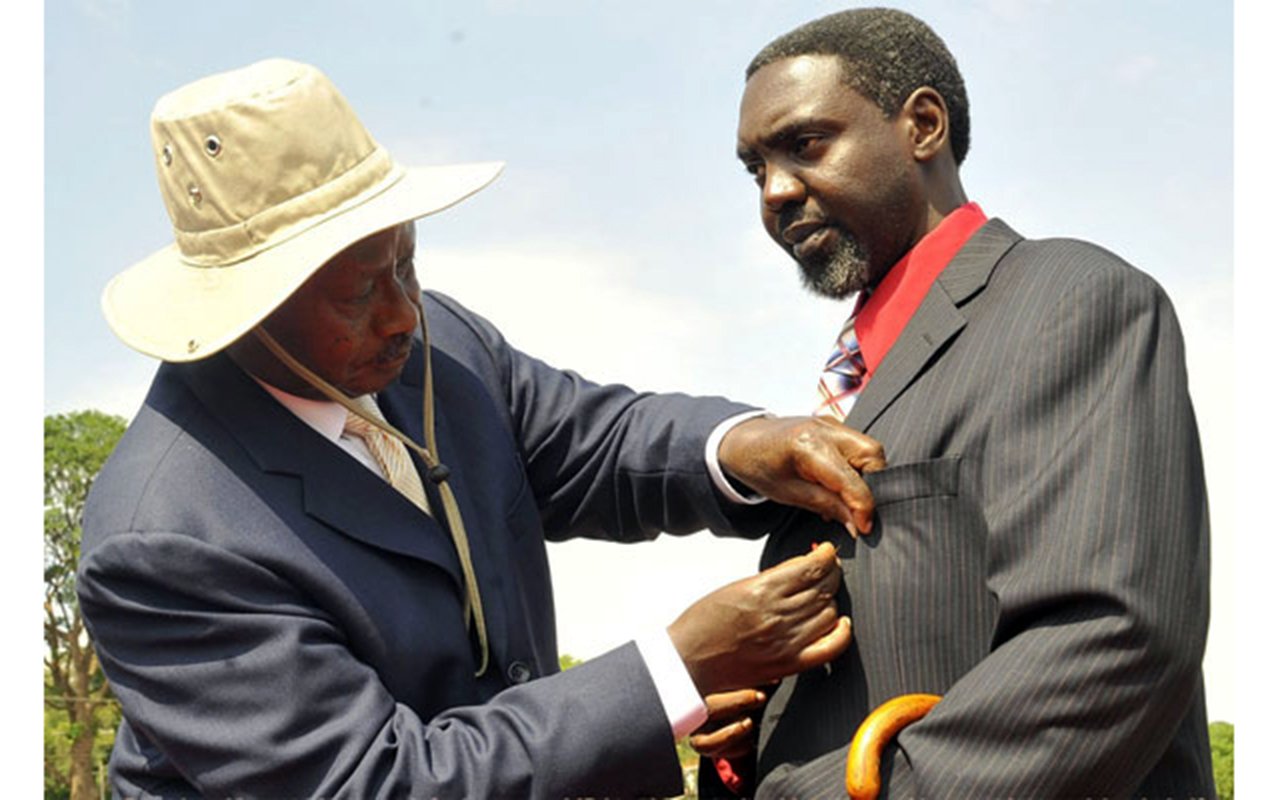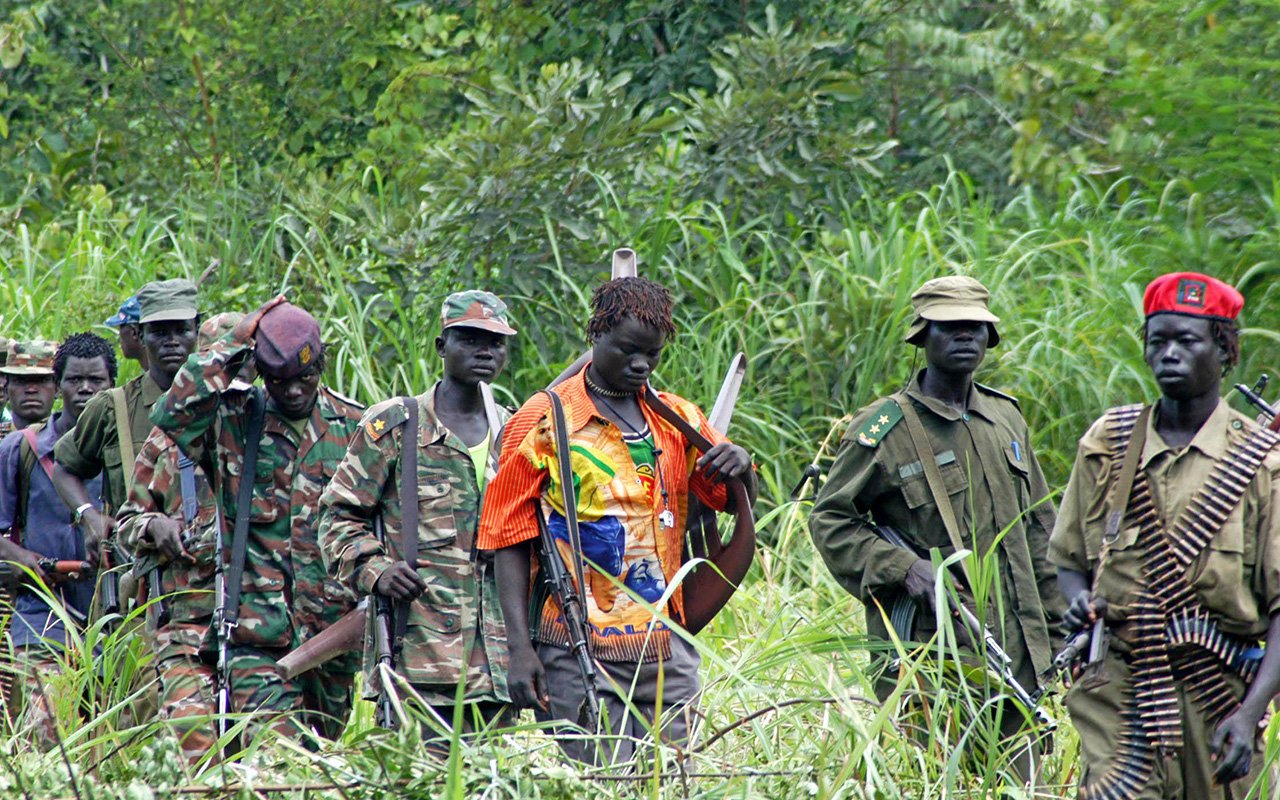Prime
Molly Katanga's DNA 'was found on pistol trigger'

The late Henry Katanga and his wife Molly. PHOTO/FILE
What you need to know:
- It is the prosecution’s case that on November 2, 2023, at Mbuya Chwa 2 Road, Nakawa Division, with malice aforethought, Ms Katanga killed her husband.
A summary of the forensic evidence presented in court in the high-profile murder case of businessman Henry Katanga, shows that his wife, Ms Molly Katanga’s DNA was found on the killer weapon.
“The SOCO (Scene Of Crime Officer) visited the scene and picked several samples for forensic analysis. On the DNA examination of the pistol, it was found that A1’s (Molly Katanga) DNA was the most predominant on the trigger. The DNA analysis report shall be relied on during the trial,” reads part of the summary of evidence tabled before Nakawa Chief Magistrate Court on Monday by the office of the Director of Public Prosecutions (DPP).
“The pistol was also submitted for ballistic examination and it was established that it was in good working condition capable of discharging live rounds of ammunition. The cartridge cases found at the scene were discharged by the pistol in issue. The ballistic expert report shall be relied upon during the trial.”
DNA, or deoxyribonucleic acid, is genetic material in humans and almost all other organisms. Nearly every cell in a person's body has the same DNA.
DNA is a powerful investigative tool because, except for identical twins, no two people have the same DNA.
Therefore, DNA evidence collected from a crime scene can be linked to a suspect or can eliminate a suspect from suspicion.
According to the summary of the evidence presented to the court, the police on retrieving the information about the ownership of the killer firearm, established that it belonged to the late businessman, Katanga.
It is the prosecution’s case that on November 2, 2023, at Mbuya Chwa 2 Road, Nakawa Division, with malice aforethought, Ms Katanga killed her husband.
Katanga died on November 2 following an alleged altercation with his wife Molly in their bedroom at their matrimonial home in Mbuya, near Kampala.
Ms Katanga, the key suspect, has since not physically appeared before court to take a plea. She remains in IHK, a city hospital, where people close to her say she is nursing serious injuries.
However, on Monday, the court issued an arrest warrant so that she could enter a plea in the murder of her husband no later than February 12.
The indictment presented to the court also shows that after the police established that Ms Katanga had been rushed to Bugolobi Medical Center by one of her daughters and later to IHK, they followed her up at IHK and picked swabs from her hands; which on examination, were found to be positive for gun powder residues.
“A1 (Ms Katanga) recorded a statement in which she disclosed that on the night before the incident, she spent a night together with the deceased in their bedroom but denied knowledge of what transpired and how she got to the hospital,” the indictment reads.
Events of the fateful day
Detailing the events of the fateful day, the summary of evidence shows that in the days before his death, the late Katanga confided in one of his close relatives about the fear he was living in and that it was his wife trailing him.
The indictment further shows that because of these fears, the late Katanga planned to meet a lawyer and work on his Will and also buy a safe where he would keep his valuable documents.
“With the help of a close relative, the deceased procured a safe to secure his important documents. He also secured an appointment with a lawyer to discuss matters of his safety on November 2, 2023,” the indictment reads in part.
“As a result of his fears of being tracked, the deceased made efforts to change his phone password, acquired a new private telephone line, and rarely made frequent movements in his known personal motor vehicle.”
The summary of evidence says that on the evening of November 1, the Katangas returned home from a dinner and retired to their matrimonial bedroom to rest.
On November 2, people at Katanga’s home woke up and went about their usual businesses except the couple who remained in the master bedroom.
While going about their duties, a domestic worker George Amanyire, who is one of the accused persons in the case, heard strange noises coming from the master bedroom and immediately alerted the rest of the family members.
“The workers moved closer to the bedroom to ascertain what could be happening. They had a struggle inside the bedroom and they suspected that the two A1 (Ms Katanga) and the deceased could be fighting and immediately, telephoned A2 (Patricia Kakwanza) and A3 (Martha Nkwanzi Katanga) to come and ascertain what was going on between their parents.
Ms Kakwanza and Ms Nkwanzi, both daughters in the home, have since been charged with destroying evidence at the scene of crime and they are currently remanded to Luzira prison.
The summary of evidence adds that before the arrival of the two daughters, the workers heard a loud blast and immediately, the strange noises in the master bedroom stopped.
“A1 (Ms Katanga) opened the door to their bedroom and walked to the adjacent room wherein she called A5 (Amanyire, the domestic worker) and instructed him to call her daughters (Nkwanzi and Kakwanza),” the indictment states.
“On approaching the bedroom where A1 (Ms Katanga) and the deceased slept, A5 (Amanyire) noticed a trail of blood from the master bedroom to the room where A1 was seated. Shortly after, A2 (Kakwanza) and A3 (Nkwanzi) arrived at the home. A3 remained downstairs as A2 went up to the bedroom of A1 and the deceased. A2 saw the deceased in a pool of blood and went to the adjacent room where she found A1,” it adds.
When the nearby police arrived at the scene of crime, they found the house help Amanyire cleaning up the blood in the master bedroom and instructed him to stop.
They notified their colleagues at Jinja Road Police Station about the killing at the Mbuya residence.
“By the time police arrived at the scene, they found an A-Plus funeral van. On inquiry, the police were informed that the body was enroute to Bombo military hospital. The police stopped them from taking the body anywhere and took over the crime scene and commenced inquiries into the circumstances leading to the death of the deceased,” the summary of evidence states.
This is the first time details of the prosecution case have been made public in court.
Also charged in this case is a medic, Charles Otai who is jointly facing a charge of being an accessory after the fact of murder.
Under this charge, the DPP contends that medic Otai and Amanyire, received or assisted other people who were to their knowledge liable for an offence, to enable them to escape punishment.
They deny the charges.
Following yesterday's committal of the four suspects to the High Court to stand trial, they will remain on remand at Luzira prison until the trial opens at the High Court at a future date. The suspects can apply for bail at the High Court.
Ms Samali Wakoli, an Assistant DPP told the court that when the trial starts, she will among others, tender and rely on several documentary exhibits to prove her case against the five accused persons.
She named them as the postmortem report of the deceased, police form 24 in respect of the accused persons, police form 19 (exhibit slips), items indicated on the exhibit slips, sketch plan of the scene of crime, forensic reports, telephone print outs, and scene of crime report.
“Whereupon prosecution shall contend that the accused persons have no valid defence for their actions and shall pray that they be convicted as indicated,” the prosecution prayed to the court.





